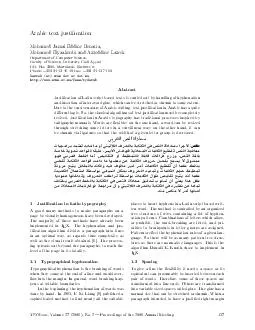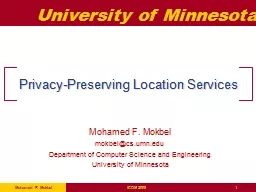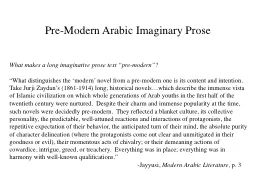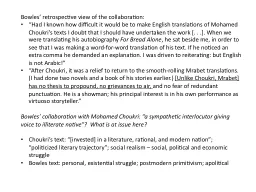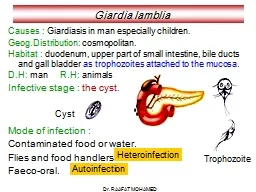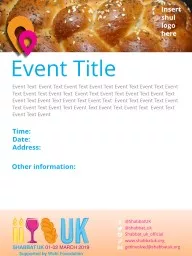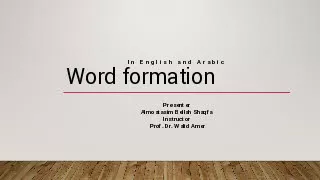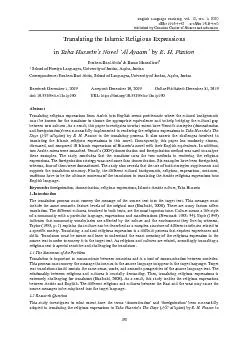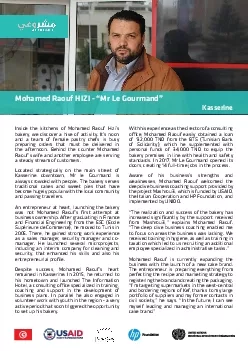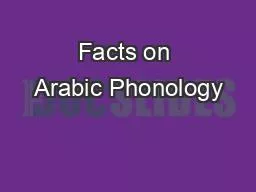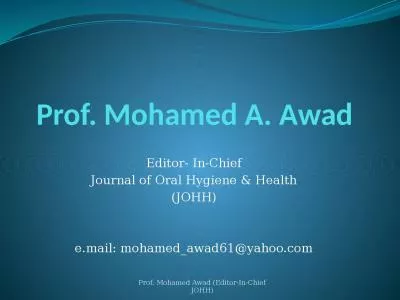PDF-Arabic text justication Mohamed Jamal Eddine Benatia M
Author : sherrill-nordquist | Published Date : 2015-04-07
O Box 2390 Marrakesh Morocco Phone 212 24 43 46 49 Fax 212 24 43 74 09 lazrekatucamdotacdotma httpwwwucamacmafssmrydarab Abstract Justi64257cation of Latin script
Presentation Embed Code
Download Presentation
Download Presentation The PPT/PDF document "Arabic text justication Mohamed Jamal Ed..." is the property of its rightful owner. Permission is granted to download and print the materials on this website for personal, non-commercial use only, and to display it on your personal computer provided you do not modify the materials and that you retain all copyright notices contained in the materials. By downloading content from our website, you accept the terms of this agreement.
Arabic text justication Mohamed Jamal Eddine Benatia M: Transcript
Download Rules Of Document
"Arabic text justication Mohamed Jamal Eddine Benatia M"The content belongs to its owner. You may download and print it for personal use, without modification, and keep all copyright notices. By downloading, you agree to these terms.
Related Documents

